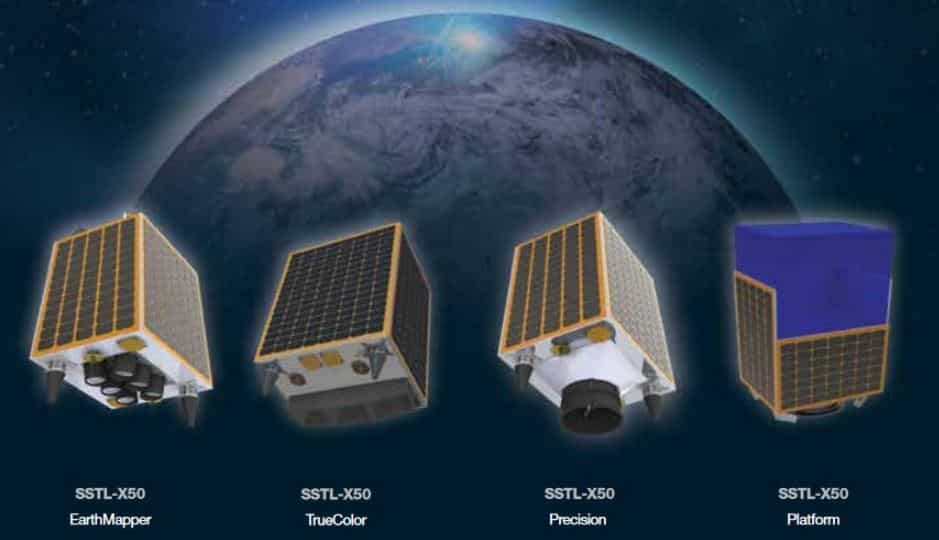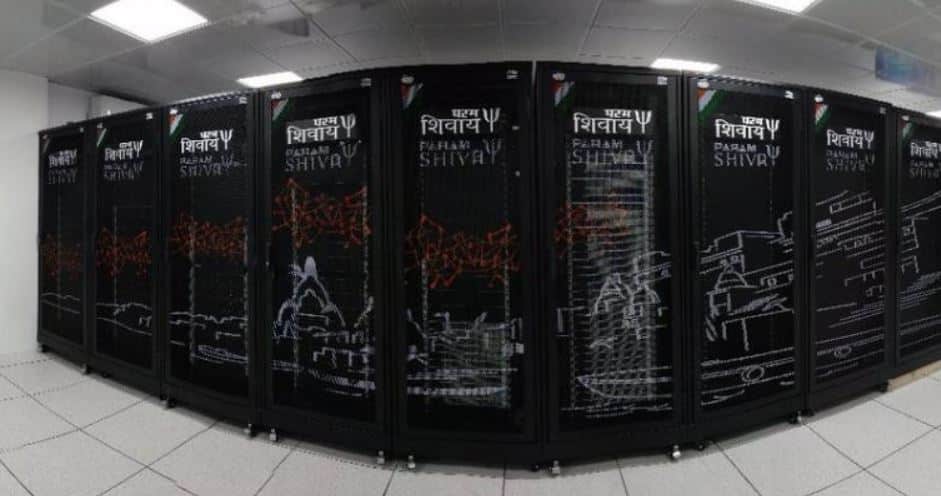Table of Contents
Hyperspectral Imaging Satellite | UPSC – IAS | ISRO
ISRO’s PSLV C43 launched India’s first Hyperspectral Imaging Satellite (HysIS) along with 30 foreign satellites from Satish Dhawan Space Centre, Sriharikota.
- Hyperspectral Imaging Satellite (Hysis) is an earth observation satellite built around ISRO’s Mini Satellite-2 (IMS-2) bus.

About the Hyperspectral Imaging Technology | UPSC – IAS
- It combines the power of digital imaging and spectroscopy to attain both spatial and spectral information from an object.
- This result can be then used to identify, measure and locate different materials and their chemical and physical properties. Every pixel in the image contains a continuous spectrum (in radiance or reflectance) and can be used to characterize the objects in the scene with great precision and detail.
- Hyperspectral images provide much more detailed information about the scene by dividing the spectrum into many more bands than a normal color camera, which only acquires three different spectral channels corresponding to the visual primary colors red, green and blue.
- It was first tried by ISRO in an experimental satellite in May 2008 and later on Chandrayaan-1 mission for mapping lunar mineral resources, this is the first time a full-fledged hyperspectral imaging satellite (Hysis) has been launched.
Application of Hyperspectral Remote Sensing Isro | UPSC – IAS
- Hyperspectral remote sensing is used for a range of applications like agriculture, forestry, soil survey, geology, coastal zones, inland water studies, environmental studies, detection of pollution from industries and the military for surveillance or anti-terror operations.
- Other utilities include online industrial monitoring/sorting/classification to laboratory measurements, clinical instruments for medical diagnostic and airborne and satellite based remote sensing tools.
Challenges: This technology is accompanied with high cost and complexity. There is a need for fast processing of data (fast computers), sensitive detectors and large data storage capacities for hyperspectral imaging data.
Key – Terms | related to Hyperspectral imaging satellite (Hysis) (UPSC – IAS)
Polar Sun-Synchronous orbit
- It is a nearly polar orbit around a planet, in which the satellite passes over any given point of the planet’s surface at the same local mean solar time.
Geosynchronous orbit
- It is an orbit around Earth of a satellite with an orbital period that matches Earth’s rotation on its axis, which takes one sidereal day.
Geostationary orbit
- It is a circular geosynchronous orbit 35,786 km (22,236 mi) above Earth’s equator and following the direction of Earth’s rotation.
What is Spectral Imaging ? (Isro)
- It is imaging that uses multiple bands across the electromagnetic spectrum like using infrared, the visible spectrum, the ultraviolet, x-rays, or some combination of the above.
hyperspectral imaging vs multi spectral imaging - The main difference between multispectral and hyperspectral is the number of bands and how narrow the bands are.
- Hyperspectral imaging (HSI) uses continuous and contiguous ranges of wavelengths (e.g. 400 – 1100 nm in steps of 0.1 nm) whilst multispectral imaging (MSI) uses a subset of targeted wavelengths at chosen locations (e.g. 400 – 1100 nm in steps of 20 nm).
- Hyperspectral imagery consists of much narrower bands (10-20 nm). A hyperspectral image could have hundreds or thousands of bands. In general, it comes from an imaging spectrometer.
Keywords – Isro, The Hindu, Pib, UPSC – IAS, hysis isro











